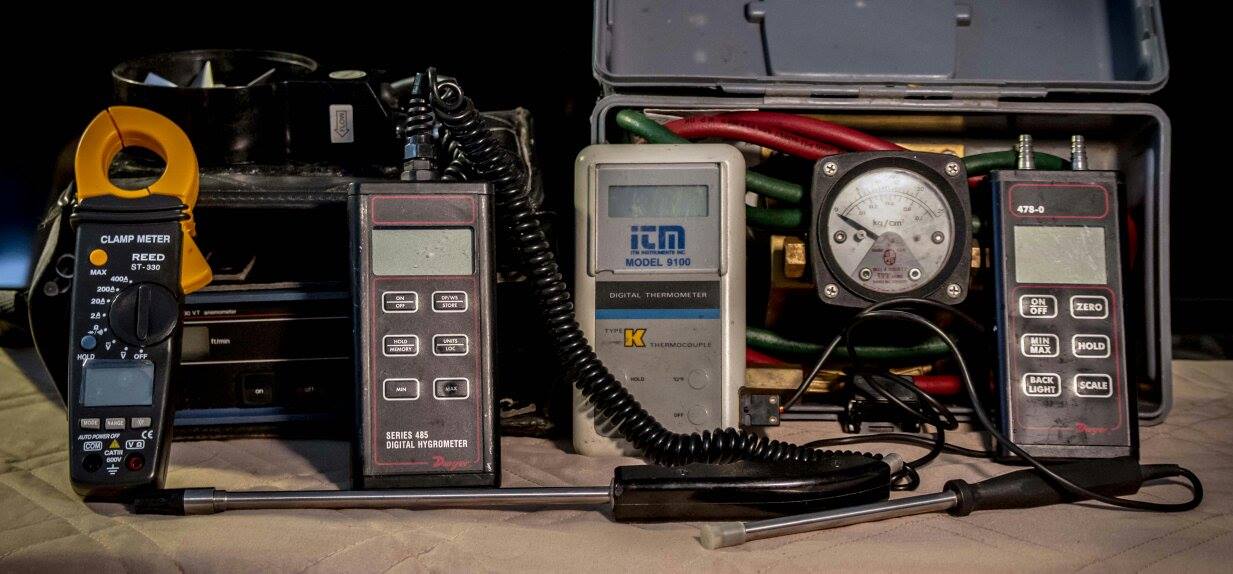Oral presentation of this page. Click here.
Explain Concrete

Explain Concrete explains what is concrete, how concrete is made and reinforced concrete.
It states that concrete can be used to construct buildings or products as simple as a concrete shower base or as diverse as a concrete outdoor fountain. It is the most used construction material used on earth and the ingredients for such can be found just about anywhere in the world. It is low cost and is not subject to rot and will not burn.
Origin of Cement and Concrete
To chronicle the history of concrete it should be understood that concrete was accidentally discovered by the Romans while quarrying limestone for mortar which was being used to make cement. When this silica and aluminum bearing mineral (found on the slopes of Mount Vesuvius) was mixed with limestone and burned, mixed with water and sand it had remarkable properties. It was found to be able to harden underwater as well as in air. It soon replaced the lime mortar mix that had been used up to then.
This mixture had all ingredients of today’s Portland cement and the Romans invented concrete construction. After the fall of the Roman Empire this construction knowledge was lost until the 18th century when “reinvented” by the English.
Concrete Strength was enhanced when it was started to be reinforced with steel bars starting in the 1850s with the building of concrete boats, then concrete flower pots, water tanks and bridges in 1867. By the early 1900s when experimental prestressing tests were developed concrete then began to be used in building structures.
Cement is a necessary component of Concrete.
The main difference between concrete and cement is that concrete is a composite material made of water, aggregate, and cement. Cement is a very fine powder made of limestone and other minerals, which absorbs water and acts as a binder to hold the concrete together. While cement is a construction material in its own right, concrete cannot be made without cement. The two are completely different in composition but are often incorrectly used terms.
During the hardening process or curing (hardening) of concrete, the cement chemically combines with water to form strong crystals that bind the aggregates together in a process known as hydration. During this process heat is emanated (heat of hydration) as excess water evaporates from the concrete causing drying shrinkage. Concrete can take as long as 28 days to properly set (cure).
When properly mixed much of the volume consists of coarse and fine aggregate, proportioned and graded enabling the fine particles to completely fill the spaces between the coarse ones. Each particle is completely surrounded by a paste of cement and water that completely binds it to all particles.
Explain Concrete
Return from Explain Concrete to Home Page
Concrete Construction Considerations
Hard copy and E book for sale. Introduction to Building Mechanical Systems. Click here.